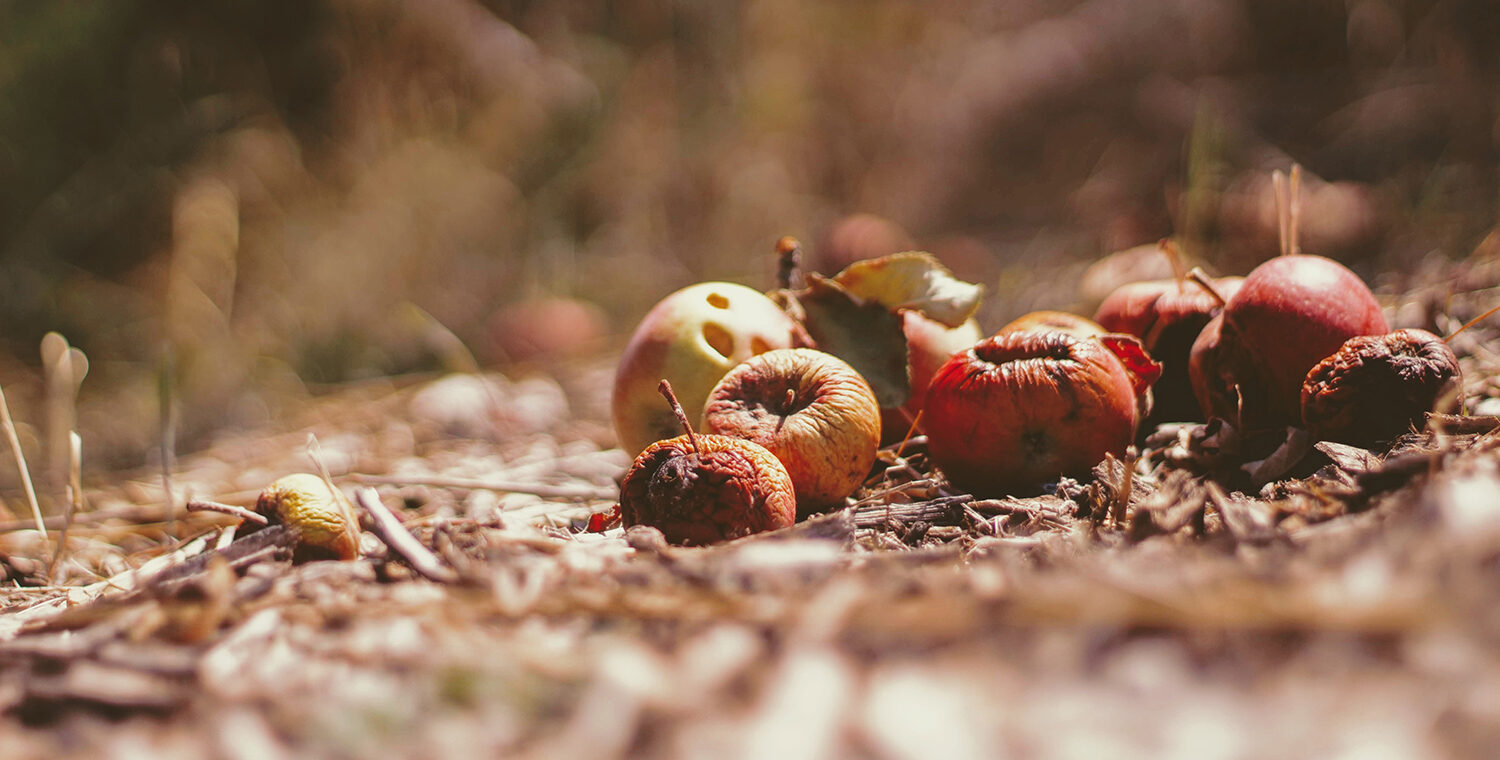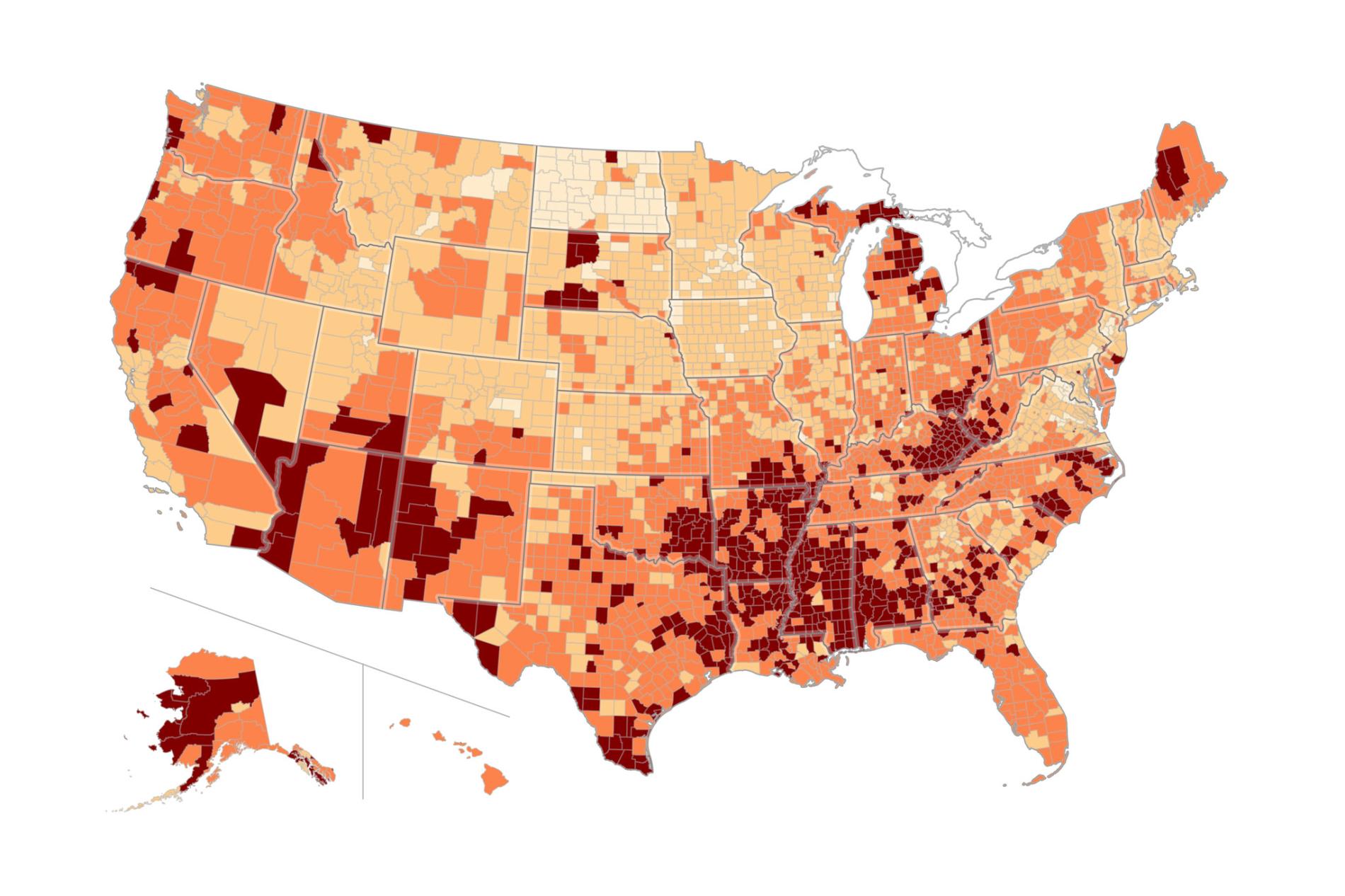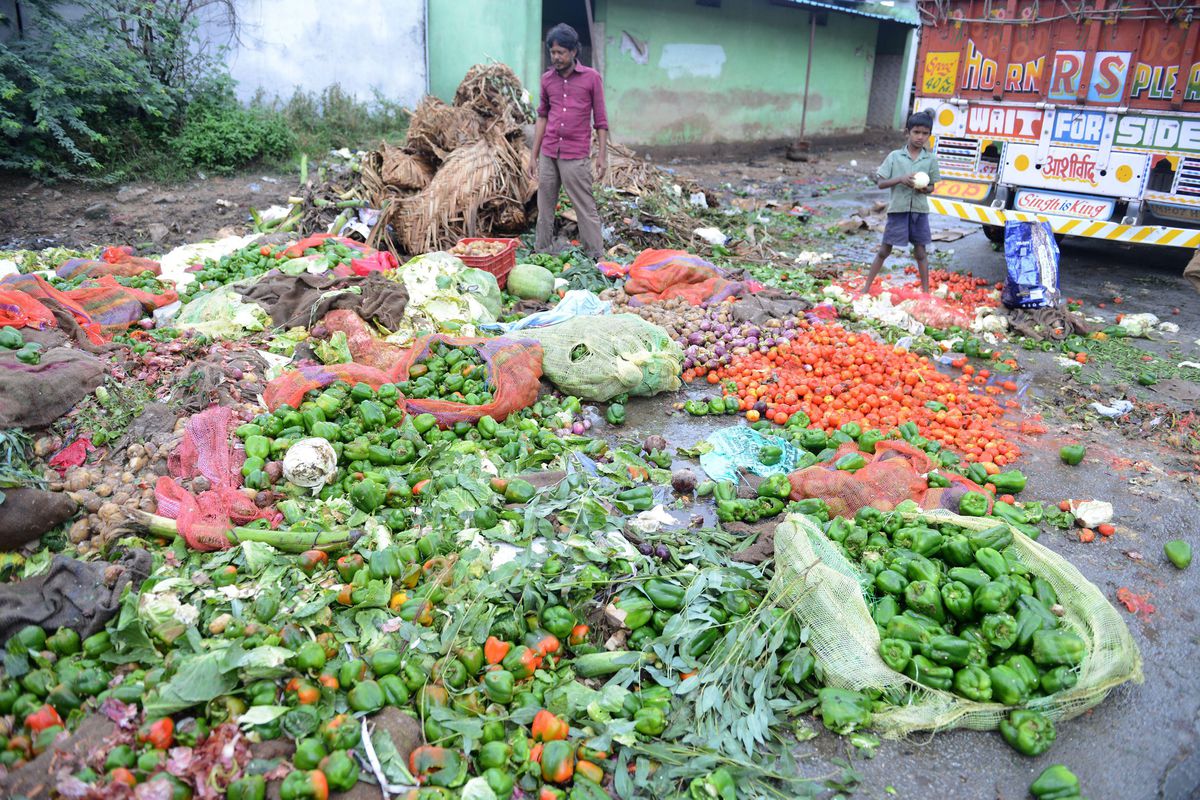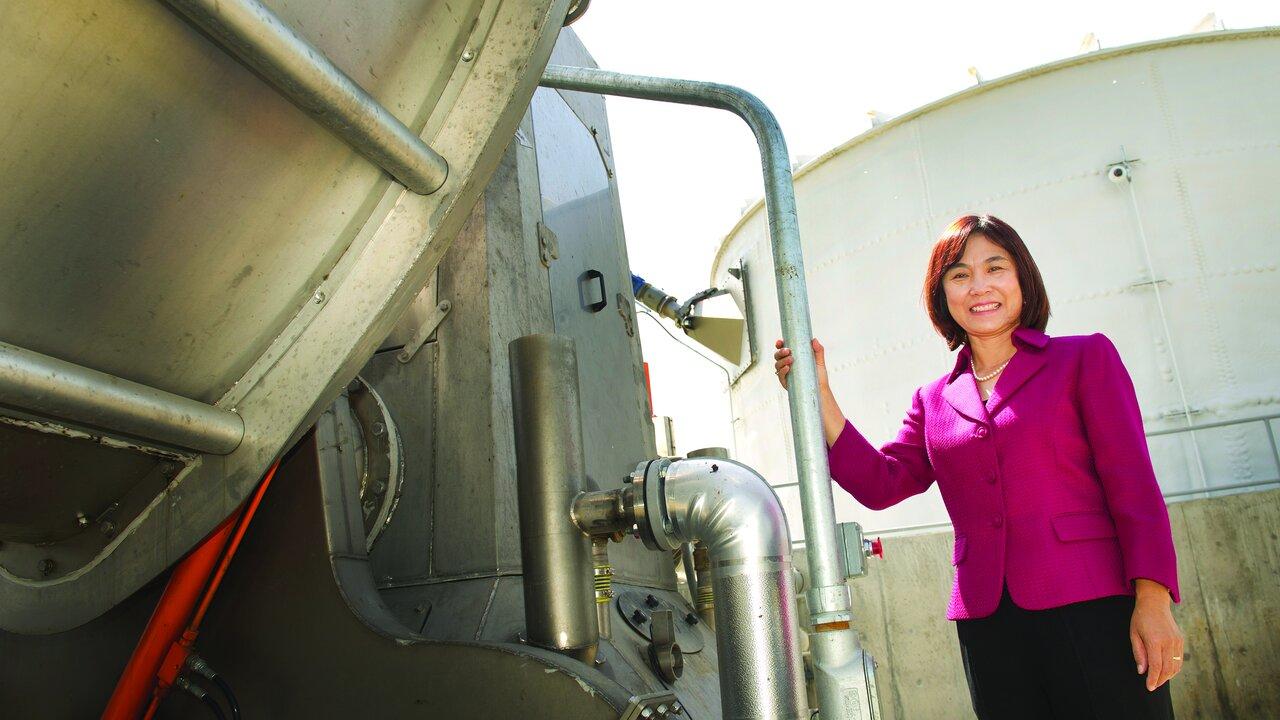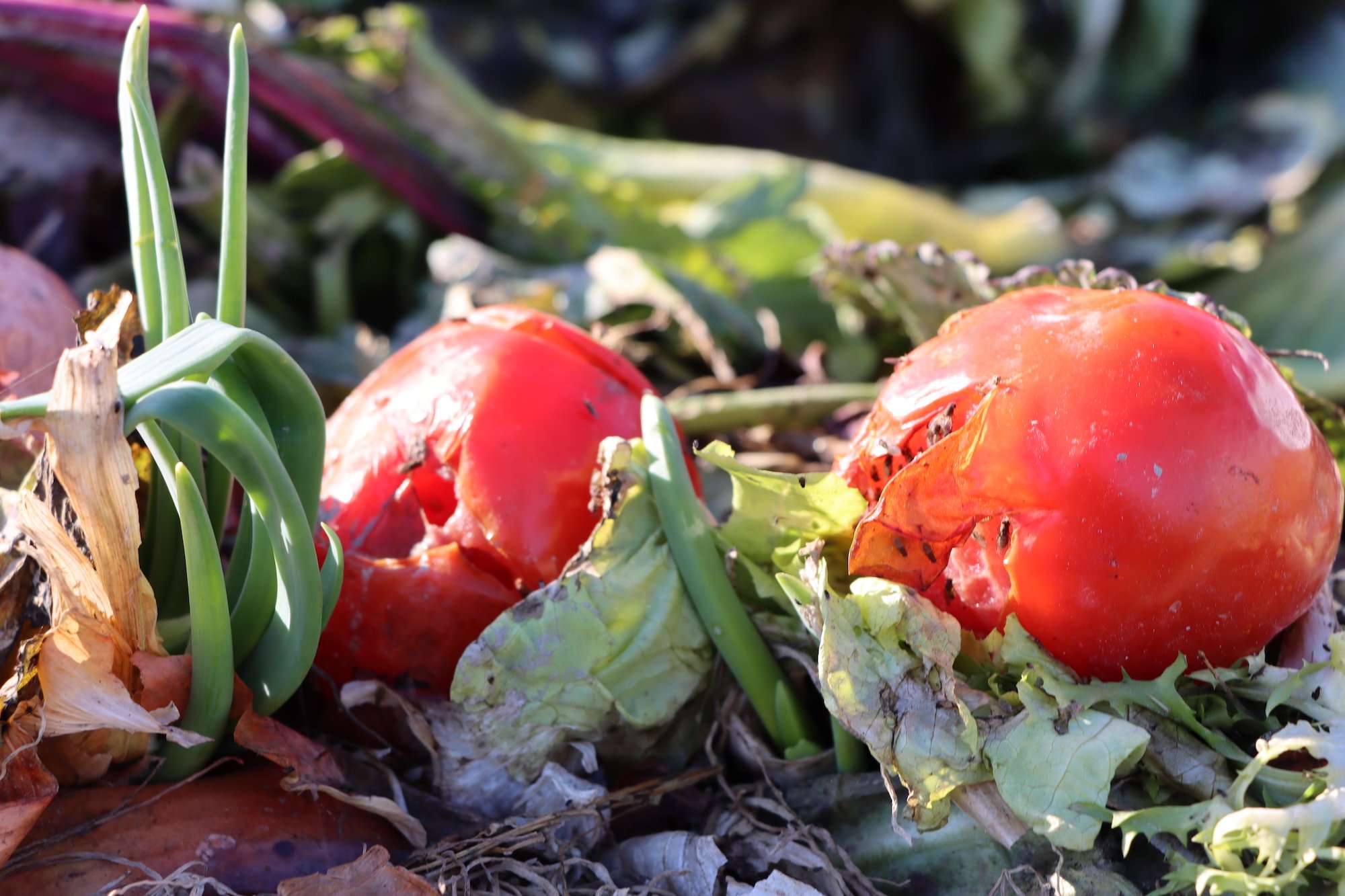 Randy Krotz
Randy Krotz
Topics: Food Waste, Recycling, Sustainability, Climate Change,
The general public is moving quickly in alignment with these topics.
The Best Ways You Can Fight Climate Change
Companies are responsible for much of the climate crisis, but these steps can help you reduce your personal footprint.
-
(2)
-
Bookmark
- Comments (1)
12/20/2020 SOURCE: www.politico.com
"It should be a four-alarm fire," says one expert, given the high hunger rates among families.
Low-income children wait months for USDA food aid to replace school meals
-
(0)
-
Bookmark
- Comments. (0)
12/15/2020 SOURCE: www.wired.co.uk
As humans squander the Earth’s resources and throw away unwanted goods, meet the companies and communities offering ways of transforming waste back into reusable products
These photos prove a future with no waste is possible
-
(0)
-
Bookmark
- Comments. (0)
12/12/2020 SOURCE: thehill.com
The project includes Vanguard Renewables and the Dairy Farmers of America.
Starbucks and Unilever join plan to turn food waste into renewable
-
(0)
-
Bookmark
- Comments. (0)
 Kim Bremmer
Kim Bremmer
Topics: Dairy, Food Waste, Sustainability,
Ruminant animals (those with four compartments in their stomach) play a critical role in sustainable nutrition. They take fiber, cellulose and all of these human inedible byproducts, and turn them into high quality protein for people. This process of "upcycling" helps reduce green house gas emissions as well. Another example of how agriculture provides solutions!
US dairy cows upcycle up to 306M pounds of food waste every day | Darigold
Cows convert up to 306 million pounds of food waste every day into milk, meat and manure, helping to divert methane emissions from the landfill.
-
(0)
-
Bookmark
- Comments (0)
 Kim Bremmer
Kim Bremmer
Topics: Food Waste, Sustainability, Climate Change,
Over 70 BILLION POUNDS of food waste reaches our landfills every year, contributing to methane emissions and wasting energy and resources across the food supply chain. EPA estimates that more food reaches landfills than any other material in everyday trash, constituting 24% of municipal solid waste. This wasted food contributes to landfills being the third largest source of human-related methane emissions in the United States. Reducing food waste and redirecting excess food to people, animals, or energy production provide immediate benefits to public health and the environment. It's great to see companies making this commitment - we all need to do our part! Today, I am especially thankful for an abundance of affordable healthy food, a full belly and clean plates at our Thanksgiving table.
United States Food Loss and Waste 2030 Champions | US EPA
U.S. Food Loss and Waste 2030 Champions are businesses and organizations that have made a public commitment to reduce food loss and waste in their own operations in the United States by 50 percent by the year 2030.
-
(1)
-
Bookmark
- Comments (0)
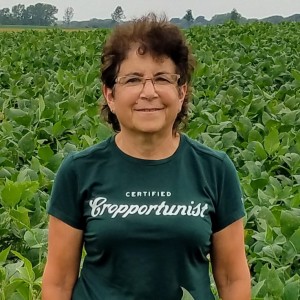 Nancy Kavazanjian
Nancy Kavazanjian
Topics: Agriculture US, Food/Nutrition, Food Waste, Food Security/Shortage,
One in six Americans could go hungry in 2020 as pandemic persists
With the holidays nearing, miles-long food lines are a hint at how hunger in America could soon surpass the peak of the 2007 recession.
-
(1)
-
Bookmark
- Comments (0)
 JAMES MSASA
JAMES MSASA
Topics: Food/Nutrition, Food Waste, Ag Global Specialty Food,
Let Us Grow what we can consume and Avoid waste of Food. Find Market for the products then grow it to avoid waste of food while in other World people are suffering.
Fruit And Vegetable Spoilage Is A Hidden Contributor To Underdevelopment
Losses and waste in fruits and vegetables are the highest category of losses among all types of foods, with up to 60 per cent of all fruits and vegetables produced being lost or wasted each year. This is particularly severe among less developed countries and a contributor to underdevelopment.
-
(0)
-
Bookmark
- Comments (0)
 John LaRose Jr.
John LaRose Jr.
Topics: Soil Health, Education U.S. West, Food/Nutrition, Food Waste, Sustainability, Ag Global Specialty Food, World Hunger, World Population,
UC Davis engineers fight food insecurity through sustainable agriculture
By Noah Pflueger-Peters and Constanze Ditterich Associate professor Isaya Kisekka (Lucy Knowles/UC Davis)With the dawn of agriculture, humans became dependent on food production systems that exploit nature’s limited resources of land, water and air. As the world’s population is expected to reach 9–10 billion by 2050 according to the U.N., the world must double food production to meet demand while using and reusing the resources we have left in a sustainable manner. Ruihong Zhang and Isaya Kisekka at UC Davis are rising to meet the challenge by finding new ways to sustainably produce food, while conserving resources by using microbes to produce new sources of protein and managing and irrigating crops with pinpoint precision. “We really need to think hard about how to be climate-smart and optimize our resources,” said Kisekka. Harnessing the power of microbes Zhang, professor of biological and agricultural engineering, says one way to produce food more sustainably is by tapping into the huge potential of microbes like fungi and algae. Growing livestock is an expensive and time-consuming process due to the land, resources and time that are needed, leading to a huge carbon footprint. By contrast, microbes such as fungi and algae can grow in less than a week in any climate and require a small fraction of the space and resources. “We want society to start paying more attention to microbes as alternative food sources,” she said. “There are a lot of benefits environmentally and economically, especially for populations who live in areas that have very limited land for growing crops.” Eating fungi and algae is nothing new, as mushrooms and seaweed are staples of diets around the world. Zhang plans to innovate by harvesting these microbes using agricultural byproducts such as almond hulls and carrot and tomato pomace, the material that’s left over after pressing for juice or oil. This method improves the sustainability of the entire food production system, as what was once waste gets broken down i...
-
(0)
-
Bookmark
- Comments (0)
11/20/2020 SOURCE: www.nationalobserver.com
“We actually do have a pretty solid understanding of where that food loss and waste is across the supply chain,” said Lori Nikkel, CEO of Second Harvest.
Each year, fields of Canadian produce are plowed under due to cancelled orders. But that may be about to change.
Ottawa wants to hear your ideas on how to tackle food waste
-
(0)
-
Bookmark
- Comments. (0)





